WaterViews | Canada
Water is regarded as a serious issue by Canadians, particularly water pollution and the lack of safe drinking water.
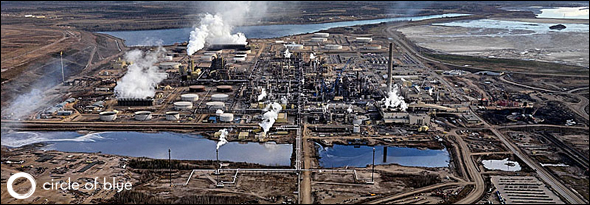 Refining earth to oil, raw industry transforms the natural landscape of the Athabasca tar sands in Fort McMurray, Alberta, Canada. This $90 billion project, the world’s largest industrial operation, has turned the region’s boreal forests into surface mines and tailings ponds. Photo © 2007 Edward Burtynsky / www.edwardburtynsky.com
Refining earth to oil, raw industry transforms the natural landscape of the Athabasca tar sands in Fort McMurray, Alberta, Canada. This $90 billion project, the world’s largest industrial operation, has turned the region’s boreal forests into surface mines and tailings ponds. Photo © 2007 Edward Burtynsky / www.edwardburtynsky.comCircle of Blue Reports
Photographs by Edward Burtynsky / www.edwardburtynsky.com
Water is regarded as a serious issue by Canadians, particularly water pollution and the lack of safe drinking water. Canadians feel moderately empowered as individuals to address water problems, but they do say they need more information. Although they hold government most responsible for community water supply, approximately 80 percent of Canadians think large companies should play a role.
When prompted on eight environmental issues, Canadians consider water pollution and fresh water shortages to be among the most serious. Concern for the depletion of natural resources and air pollution are also considered to be serious problems. Nearly all Canadians surveyed (97 percent) agree that it is important for all people to have adequate, affordable drinking water. Ninety-four percent worry that fresh water shortages will become an increasingly severe problem worldwide.
Majorities demonstrate concern for particular water issues in Canada. Concern is primarily around water pollution (67 percent are very concerned) and the lack of safe drinking water (65 percent). Only 36 percent of Canadians are very concerned about the high cost of water and it is less of a concern when compared to other water issues.
When asked who should be held responsible for ensuring clean water in communities, one-half of Canadians believe that the government should bear complete responsibility. More than four in ten believe water companies and large companies generally should be held responsible and little responsibility is placed on farmers and NGOs. While Canadian respondents do not place primary responsibility on large companies, they do believe that companies need to be a part of the solution (82 percent agree).
A slight majority (59 percent) of Canadians indicates that individuals have the ability to contribute to the solution when addressing water shortages. Seventy-seven percent of Canadians indicate they need more information before they would feel able to help protect water.
Survey analysis provided by GlobeScan in cooperation with Circle of Blue. Download the complete GlobeScan/Circle of Blue Report [pdf].
Canada: Country Profile
With only Brazil and Russia having more fresh water than Canada, most assume that water security in the country is not an issue. However, while most of Canada’s people live in the southern half of the country, 60 percent of the nation’s fresh water either flows away from or lies north of the populous. More than just proximity however, Canada is also facing a crisis of overuse. Canada is second in the world in total per capita withdrawal, at 3797 liters a day. Its consumption is growing too — up 25 percent in the last 20 years.
Industry is by far Canada’s largest consumer of water. About 69 percent of Canada’s water use was devoted to industrial use, including manufacturing transport equipment, refining chemicals and producing petroleum and natural gas — this according to the most recently available data from 1996. Northern Alberta’s oils sands industry, for example, uses two to four barrels of fresh water for every barrel of oil it extracts. And, ?with a total population of only 33.4 million in comparison with an immense land and resource base, industrial use is expected to continue to be the greatest consumer of Canada’s water
Canada has virtually eliminated the threat of unsafe drinking water and poor sanitation, with 100 percent of its urban residents and businesses, and 99 percent of its rural residents and industries having access to safe drinking water.
Thirty percent of Canada’s citizens live in the Great Lakes Basin, the planet’s largest fresh water system. Growing demand for the basin’s water, coupled with low water levels in recent years has raised concerns about over extraction and environmental changes to the system. Water levels in the St. Lawrence River, for instance, were so low in the fall of 2008 that water had to be pumped in from Lake Ontario.
Droughts have plagued farmers in the central and eastern prairies for the past decade. In Quebec, toxic blue-green algal blooms choke inland lakes. In Montreal, crumbling pipes leak 40 percent of the water they carry.
Find Circe of Blue’s past coverage on Canada here.

Circle of Blue provides relevant, reliable, and actionable on-the-ground information about the world’s resource crises.


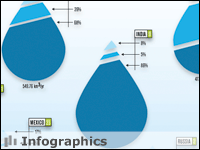

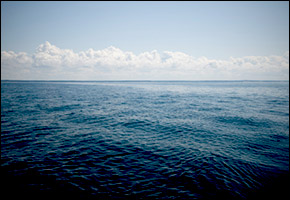

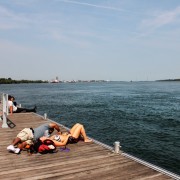
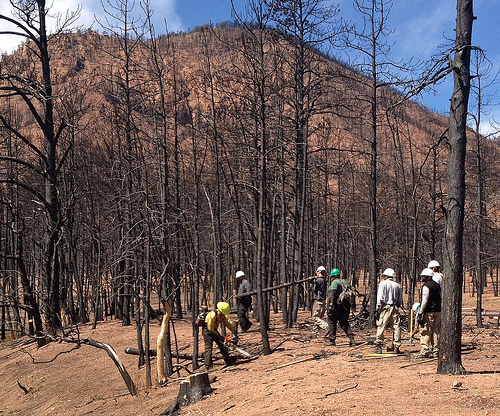


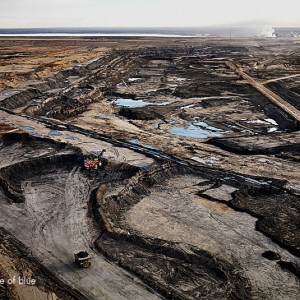
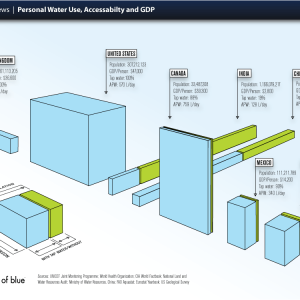
Leave a Reply
Want to join the discussion?Feel free to contribute!